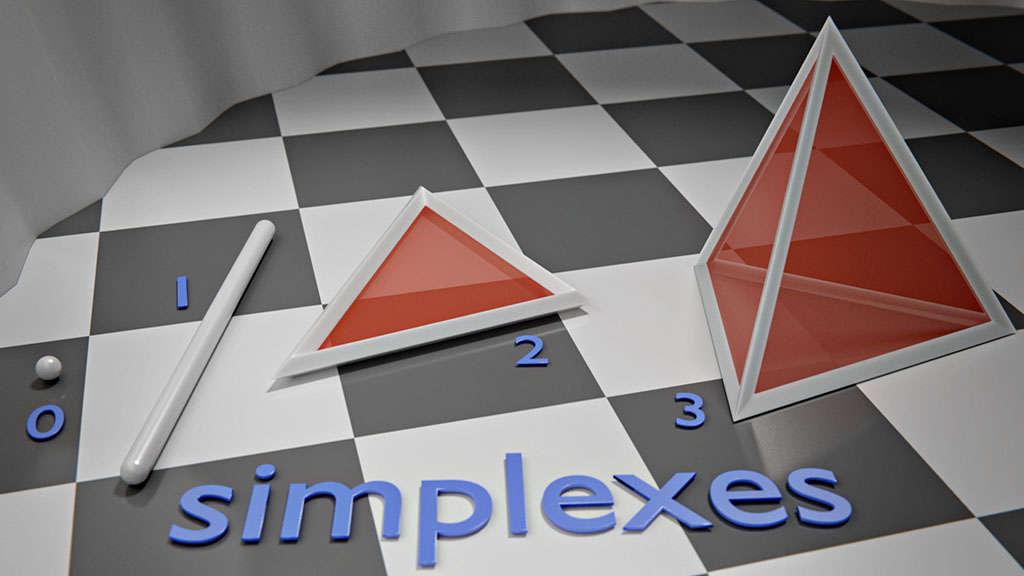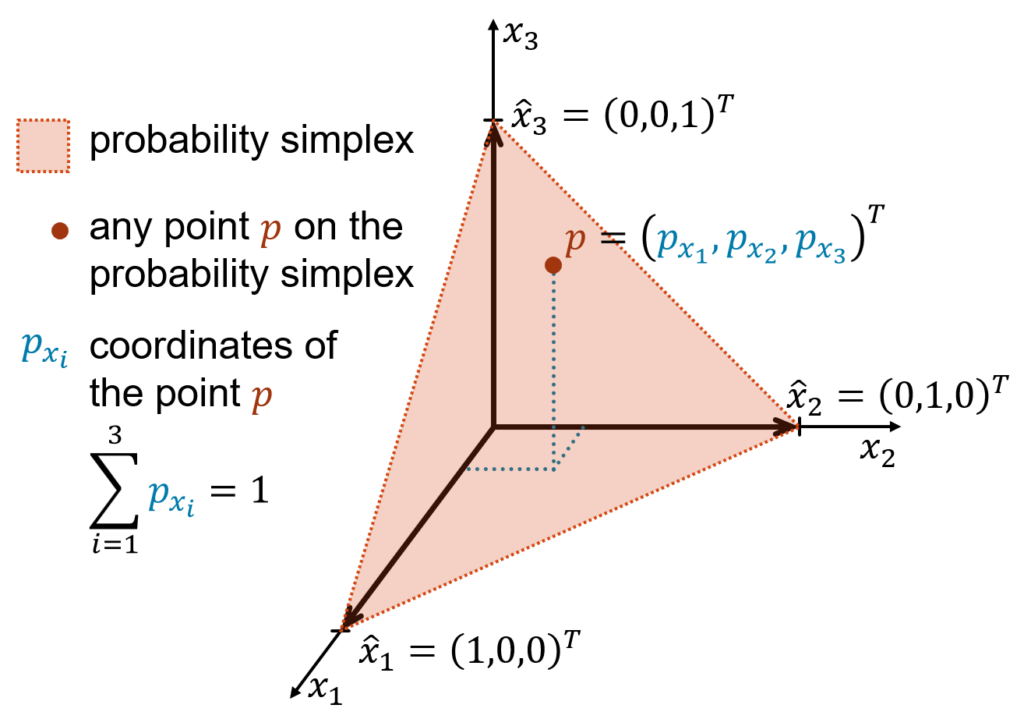Why Quantum Simplex? – Where Perplexity Finds Simple Explanation
If you’ve been following me on social media, you know that I’ve started blogging, and I’ve been publishing on my blog – Quantum Simplex. Quite a few of you have asked why I named my blog Quantum Simplex, so I thought I would share the logic behind this rather unusual name for my blog.
Being a scientist working in the industry, I’ve long observed a peculiar phenomenon where industry practitioners of some academic disciplines tend to gravitate toward complexity. This is the opposite of what I often see in academia, where everyone strives for simplicity. As an informal behavior economist, it is easy to see the various motives behind this observation. Some practitioners want to establish expertise and craft intricate solutions for recognition and create a sense of indispensability. Moreover, the allure of job security may sometimes propel industry experts to lengthen processes, and complex solutions can often justify higher fees. Yet, the real-world implementation of academic theories can sometimes just be inherently more complex.
This is the reason I created Quantum Simplex. From the logo tagline, “Perplexity in Plain Words,” it should be obvious that this is a place where perplexed topics are explained in simple words. This is made explicit in the About Page also. And the logic behind its name reflects the contrast between complexity (quantum physics, one of the most complex and counterintuitive subjects) and simplicity. This is a promise to my readers and a challenge to myself, to transform even the most esoteric subject of quantum physics into comprehensible narratives for curious minds.

Quantum Simplex is also a digital destination. So it’s like a virtual place or a building! But rather than a “complex,” meaning a group of buildings (as in a business complex or military complex), I want it to be a different kind of place, a “simplex” instead. And it’s a place where convoluted ideas are untangled and turned into lucid concepts.
Beneath the surface, Quantum Simplex also pays homage to the world of mathematical optimization, since so much of what PROS does is optimization. If you have any operations research (OR) background, you will recognize the Simplex Method (or Simplex Algorithm) as an efficient optimization algorithm for solving linear programming problems. Moreover, the geometric objects in the logo (i.e. a triangle and a tetrahedron) are precisely the 2D and 3D mathematical simplices, respectively.
For those who are mathematically inclined, there is also a deeper connection to machine learning (ML), AI, and probabilistic modeling beyond optimization. A commonly used probabilistic modeling construct is the \(k\)-Simplex. This probability simplex is the \(k−1\) dimensional simplex whose vertices are the \(k\) standard unit vectors. Since the coordinates of every point on the \(k\)-Simplex always sum to \(1\), it’s a very convenient way to represent discrete probabilities geometrically. This construct has been used in several well-known ML algorithms, (e.g. the topic model: Latent Dirichlet Allocation).
Last but not least, the fusion of “Quantum Simplex” provides a nice contraction for its URL “quasi.pros.com.” The quasi-PROS URL is a deliberate duality. While it’s created to explain AI, ML, optimization, and other PROS technologies, the blog expands beyond these bounds, encompassing a spectrum of subjects that intrigue and inspire. Therefore, as the URL implies, this blog is not only about PROS, it’s not quite PROS, it’s quasi-PROS. This contraction also embodies the notion that “Quantum Simplex” isn’t confined to one realm. It’s a place where diverse topics meld and evolve.
In a world where knowledge often resides behind veils of complex concepts and terminology, I’d like Quantum Simplex to emerge as a guiding light that illuminates the path to clarity. It’s one of my strongest beliefs that the best way to see the limits and possibilities of a new technology is to truly understand the essence of how it works. As we embark on this journey of discovery, I hope Quantum Simplex can be your compass in bridging the gap between perplexity and comprehension.





